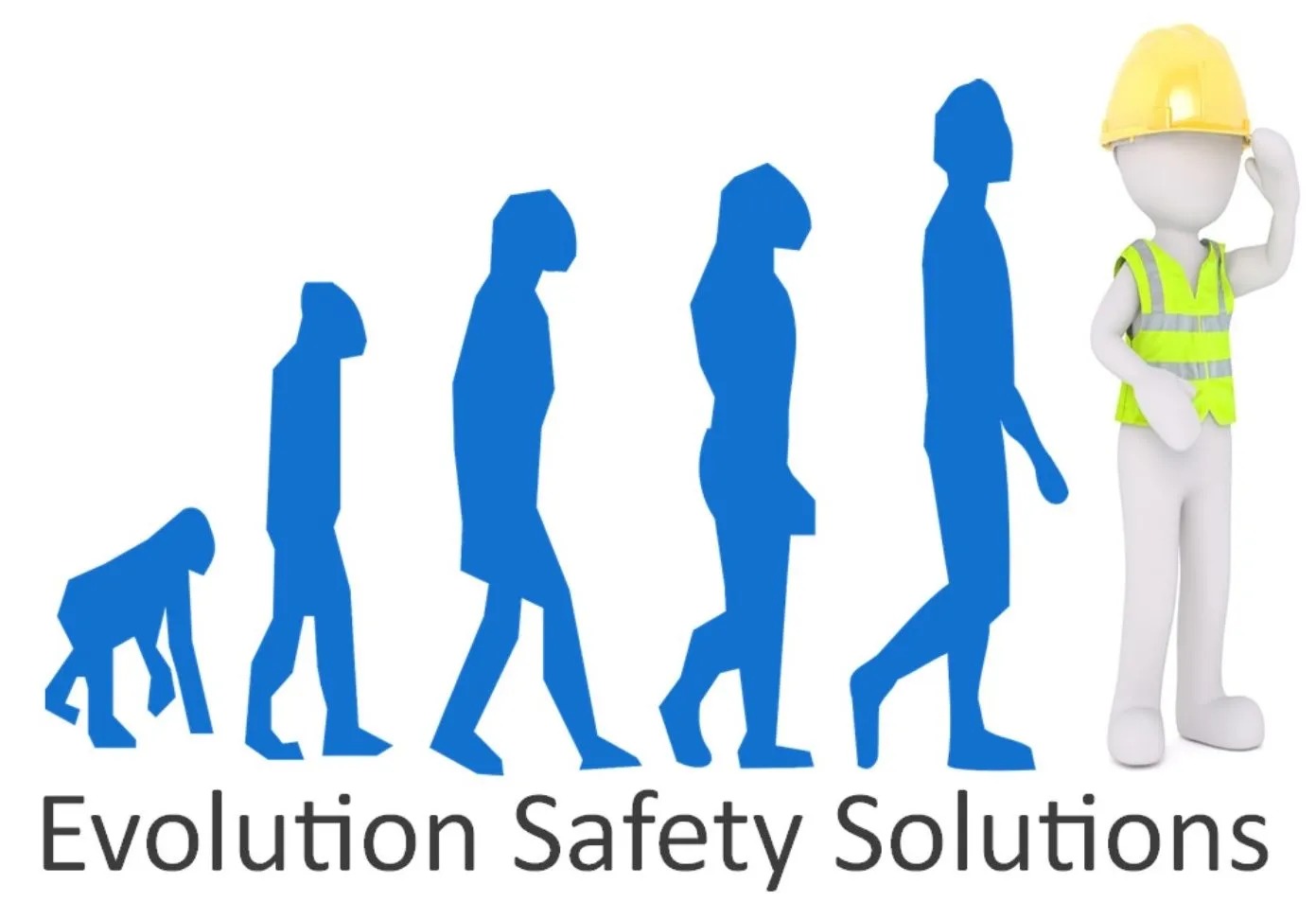EUSR Course Discount Offers
×You can get the following discounts on our EUSR products - SHEA Gas, Water, Power, National Water Hygiene and HSG47 Cat & Genny
i. If cart item quantity range is between 2-5, get 5% discount.
ii. If cart item quantity range is between 6-9, get 7.5% discount.
iii. If cart item quantity range is between 10-19, get 10% discount.
iv. If cart item quantity range is 20+, get 15% discount.
The discount will apply to any quantity of EUSR products, whether the same or a mixture of them, once you add them to the Cart:

